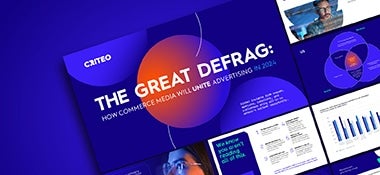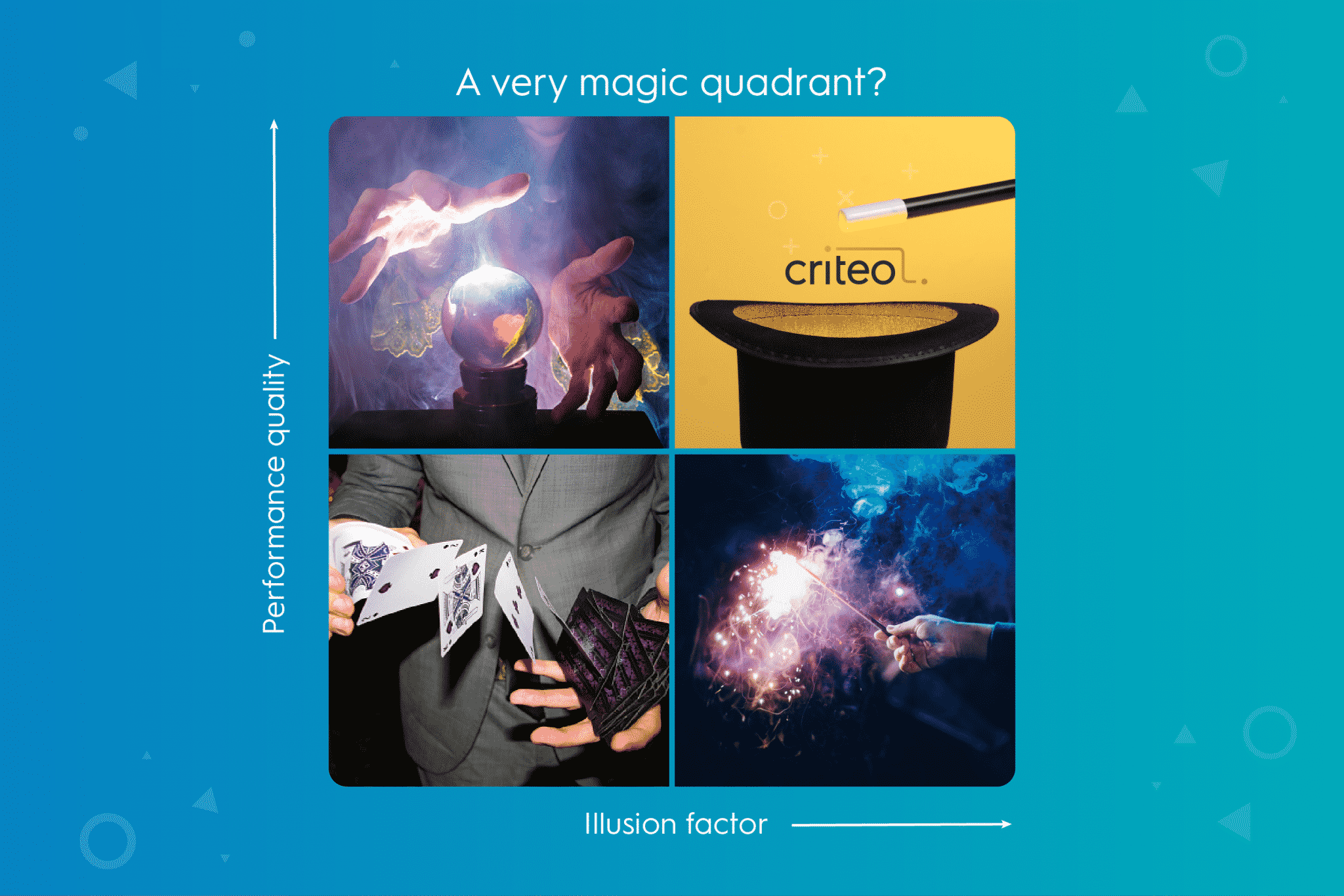A vanishing act
Advertising technology (AdTech) is already 25 years old, yet the technology stack used by marketers is barely ten years old, still burgeoning and evolving quickly. After much M&A activity, most players combine several functional areas (including DSP, DMP and SSP), which means we’re now seeing the emergence of advertising platforms.
Those advertising platforms makes the AdTech industry notoriously hard to evaluate in a standardized way. For instance, the display Lumascape is quite crowded even though display is only one part of AdTech. In many technology domains, evaluations have proven useful to help buyers understanding a vendor landscape -and some academics say they even have the potential to shape markets.
However, of the countless AdTech players, the recently-published Gartner Magic Quadrant for Ad Tech 2018 (11/11/18, doc# G00341478, subscription required) only plots eight players on the quadrant itself (but later in the report mentions another fourteen).
The “why” can be found in the ten year-old taxonomy the authors used to draw their list: Gartner picked DSP-centric vendors. While this is a fine guide for marketers looking at stand-alone DSP’s, Gartner’s approach makes the report title misleading: it should really be called the Gartner Demand Side Magic Quadrant.
In fact, IDC estimates in its Worldwide Advertising Software Forecast, 2018–2022 June 2018 (Doc # US43940218, subscription required) that DSP’s make up only 32% of the total AdTech software vendors. And thus we see two-thirds of AdTech value vanish in this quadrant.
Magic at play?
AdTech is hard to evaluate – the entire industry knows that to be true. But is Gartner’s Magic Quadrant a good enough representation of the ecosystem? One that is not DSP-centric, nor casts aside two-thirds of the ecosystem value or that shuns none other than the #1 player in AdTech.
The authors of Gartner’s report say Criteo meets the functional inclusion criteria for the quadrant but decided to only evaluate software players selling licenses or subscriptions (SaaS), rather than managed services providers such as Criteo. They add marketers “looking for an accountable direct marketing and retargeting solution with low barriers to entry will want consider Criteo for performance-priced direct response campaigns”.
While it is Gartner’s prerogative to set their inclusion criteria, this distinction between software-based services and services-augmented software is not only old-fashioned but also irrelevant to marketers. Over 18,000 clients have invested over USD 2 billion with Criteo last year, benefiting from one-stop shop for commerce performance advertising solutions.
Clients using Criteo for their campaigns need not to worry about selecting a DSP, benefit from Criteo’s own publishers’ network (and third-party inventory), ad-server and largest transaction data-coop for the open internet. Nevertheless, this methodological anomaly means Criteo, a leading ad-tech player, is also absent from Gartner’s quadrant.
Recommendations to AdTech buyers
We have the following suggestions for retailers and brand advertisers choosing partners for commerce marketing:
- Start with your marketing goals, such as awareness, consideration or conversion.
- Then, work out your specific objectives and KPI’s, for instance, views or return on ad spend.
- Evaluate potential providers on differentiating criteria such as geographical coverage or by their ability to address the full shopper funnel.
- Carefully consider data aspects: are the providers proactive on data privacy (GDPR, CCPA AB375)? Will you keep control of your data? Can you fully audit the spend? Etc.
- Select a point solution to integrating in their marketing technology stack or choose a turnkey provider; there may be more than one way to achieve your goals
- And remember, there’s rarely a magical solution – even though Criteo comes close!
See also:














